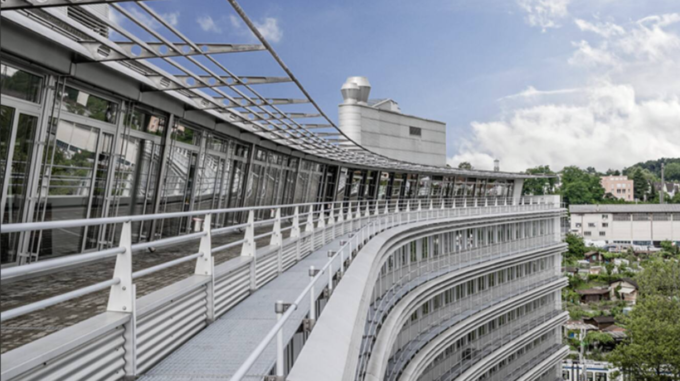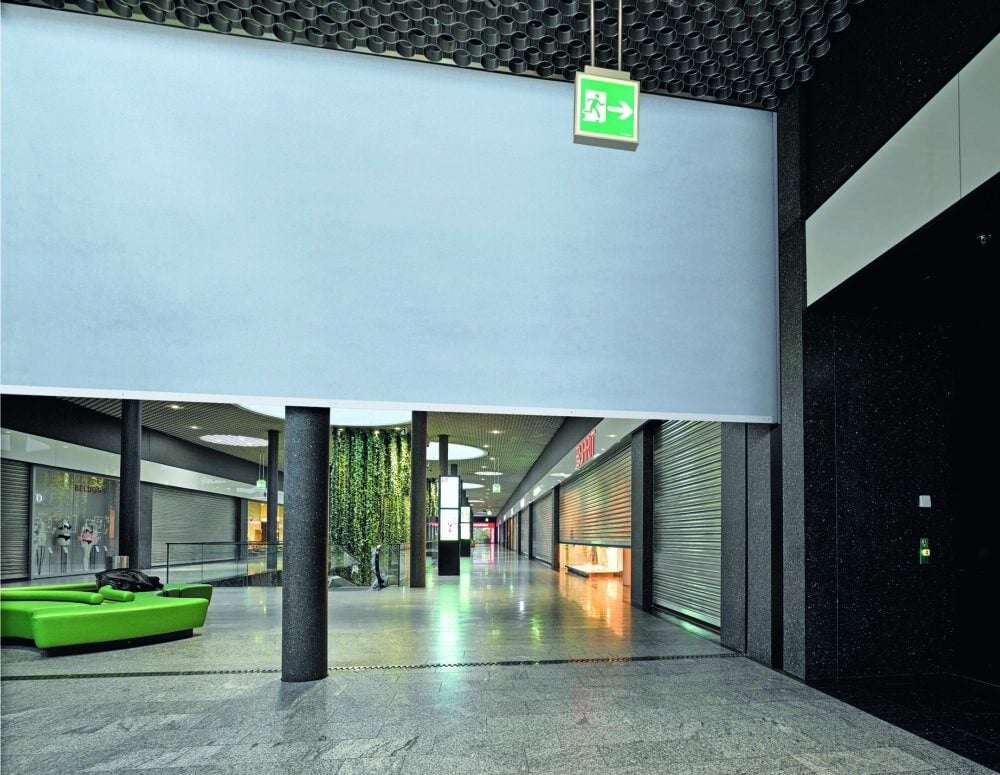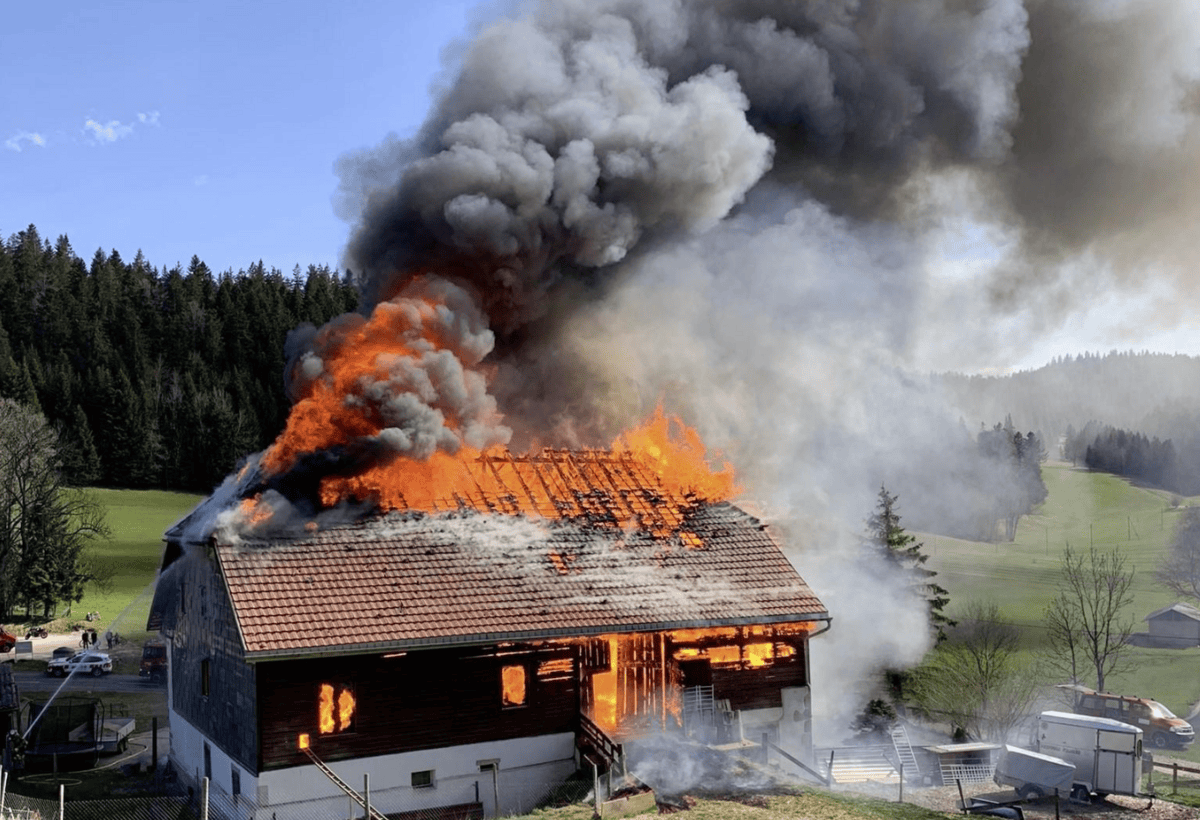Check or refurbish?
Halon dry extinguishing systems must be disposed of by 2024. Roland Matthes, chairman of the SES association for dry extinguishing systems, explained to the editors of SicherheitsForum why halon will be definitively phased out and what consequences and alternatives can be derived from this.
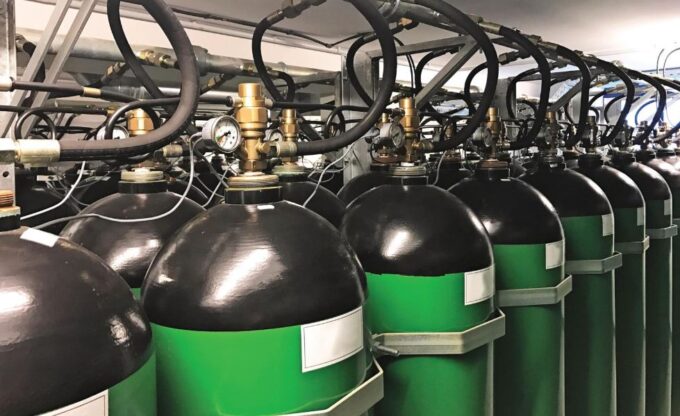
As of 2024, halon will be definitively banned in Switzerland as an extinguishing gas in accordance with the Kyoto Protocol of 1997. Until now, however, plants could continue to be operated. In 2019, the Chemical Reduction Ordinance was replaced in order to dismantle the plants within a usual period of five years or to dismantle them and dispose of them properly. Proper disposal of the halon takes place in special high-temperature furnaces so that there is no ozone hazard. All halon extinguishing systems are recorded in a register at the Federal Department of the Environment, Transport, Energy and Communications (Uvek) and must be reported in the event of dismantling.
Nuclear power plants, aircraft and army vehicles continue to be exempt from halon disposal. Since nuclear power plants are not allowed to vent excess pressure to the outside, this regulation continues to apply. In the case of nuclear power plants, for example, there is still a need for a certain compulsory stockpile of halon. Roland Matthes, chairman of dry extinguishing systems (TLA) at SES, explains the situation with an example: "If a TLA is in operation that transports a gas into a room, an overpressure is created with the extinguishing gas. At the same time, the oxygen in the room is reduced, which causes the smoldering fire to go out. With halon, however, an overpressure relief cap is not necessary in principle. With the veteran extinguishing gas, a very low pressure concentration of 2 to 3 percent has been sufficient, for which no air pressure relief is needed."
Definite end for Halon
-1997 banned under the Kyoto Protocol.
-2003: Switzerland bans refilling.
-2019: Chemicals Reduction Ordinance of May 18, 2005
-Circa 92 tons of halon are still registered.
-Ban on halon extinguishing systems starting in 2019.
-After June 1, 2024, all halon extinguishing systems must be dismantled and disposed of.
When dismantling the halon systems, however, a lot of questions arise with regard to the properties. For example, the previous pipes can no longer be used due to a higher pressure rating. In addition, the aggregate states of the alternative gases are more "pressure-intensive," especially since current pipes can withstand pressures of up to 60 bar, whereas with halon a pressure rating of 24 bar satisfied the previous requirements.
If you now suddenly put a pressure network with 60 bar into operation with a 30-year-old pipe system, the old pipe system can prove to be critical, says Matthes. Another high demand is the re-routing when many old pipe systems are anchored, for example, under the thicket of many cables in large electrical cabinets.
Advantages and disadvantages of the alternatives to halon
Asked what alternatives there are, Matthes says: On the one hand, inert, natural extinguishing gases such as nitrogen, argon and carbon dioxide for oxygen reduction would be a possible solution. On the other hand, chemical solutions such as Novec 1230 (FK-5-1-12) would be an option. The Novec is stored in liquid form in the containers and cushioned with nitrogen. The nitrogen is used to transport the liquid extinguishing agent to the nozzle. Outside the nozzle, the extinguishing agent evaporates.
Personal hazards
Inert extinguishing gases such as nitrogen, inergen and argonyte (both product names) do not pose any direct danger to persons, since the residual oxygen content is above ten percent. In the case of CO2, however, there is already some danger, since the lung-filling gas can pose a hazard to persons from as little as five percent by volume in the room, since at least 45.2 percent CO2 is carried into the room during practically every extinguishing operation. A chemical extinguishing agent such as Novec 1230, on the other hand, does not pose a danger to persons due to the short-term chemical reaction, since the residual oxygen content after flooding is still 18 to 19 percent.
Flooding times and space requirements for stockpiling
Flooding times for inert gases can extend up to 120 seconds, or 60 to 120 seconds for CO2. In the case of a chemical reaction, the gas must fill the space within ten seconds due to the reaction, which presents plant operators with a major challenge. A key issue is the supply of the amount of gas available. For chemical gases, about ten containers of Novek are required. For CO2, about four cylinders of CO2 are claimed for the same amount of halon cylinders. Thus, for one cylinder of nitrogen, five gas containers would now be used. For argon, for example, six containers would have to be used. A main problem is therefore also the space requirement.
Test cycles of the pressure vessels
Since 2015, official container testing has been required for all containers with more than 3000 bar liters. It is currently mandatory to inspect the containers every ten years. They are reportable by the operator.
For this purpose, the containers are usually dismantled and tested individually. The current inspection interval of ten years is currently causing red heads among installers, especially at the TAK TLA of the SES. For example, a pressure vessel in a welding plant is loaded and unloaded on a daily basis. In contrast, a gas extinguishing system can stand in place for up to 40 years. Another paradox: The tanks would be permanently installed in a rack and pressure-monitored at a plant. Protection from the weather and sunlight is also guaranteed. In theory, not much can happen on the plant either, says Matthes.
Definite end for Halon
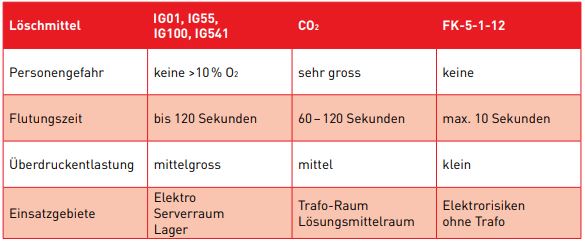
If a customer of an older plant has to carry out a cost-intensive container inspection, containers may be dismantled as a result, which cannot be the objective.
"When I took over as chairman at the SES at TAK TLA in 2017, the first thing I said was, we need to establish facts to be able to argue." As a result, SES statistics had to be adjusted to find out how many plants were actually inspected or dismantled each year. At the same time, they wanted to know how many vessels failed the test.
"Interestingly, our statistics have shown that last year, for example, we dismantled about the same number of plants out of 50 to 60 that were inspected. Only 1 percent of the approximately 600 to 700 containers did not stand up to inspection," says the TAK chairman. This is precisely the reason why discussions are still underway with the SVTI and Suva. We are looking forward to the results.
What can the operator do?
-Regular maintenance by a specialized company
-carry out inspection according to ADR and DGVV according to specifications
-modernize plant to newer technologies
-Merging protected spaces






